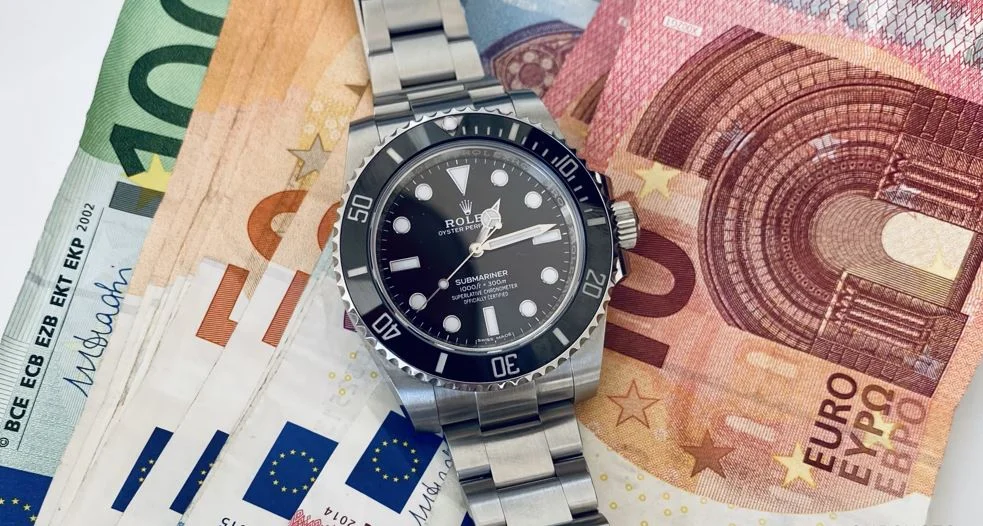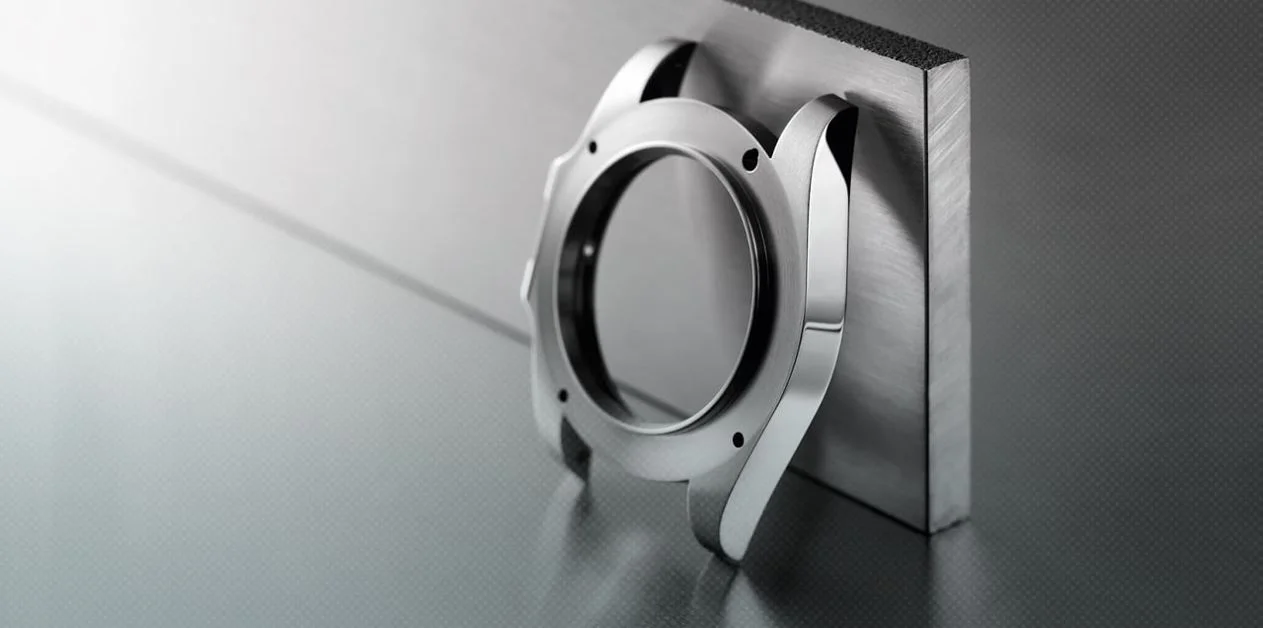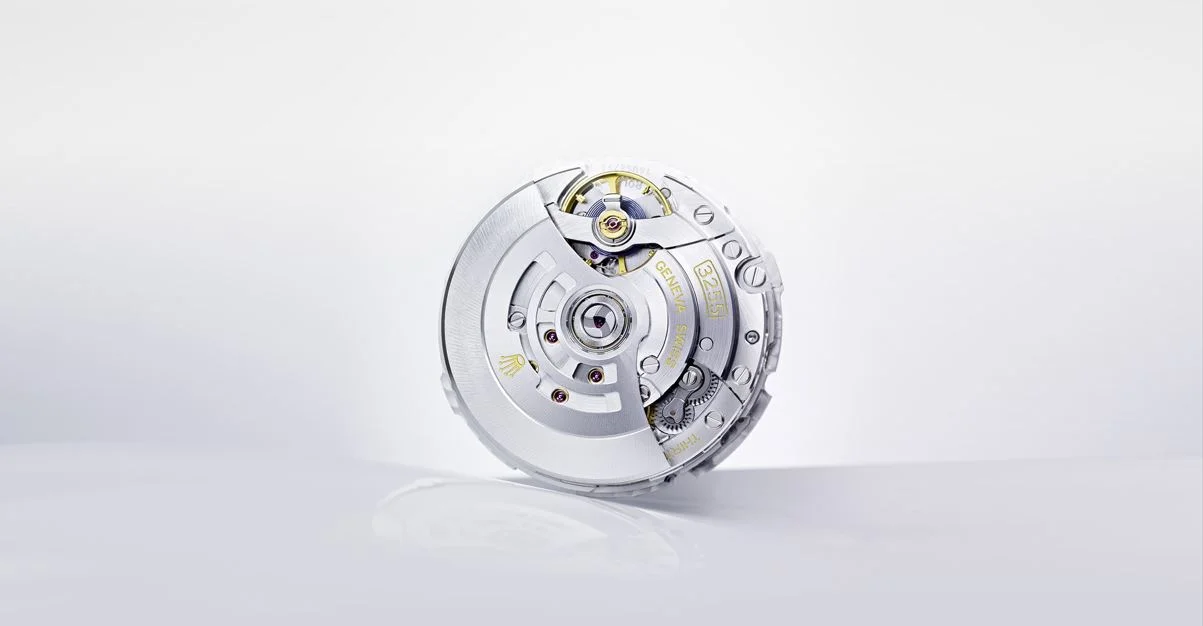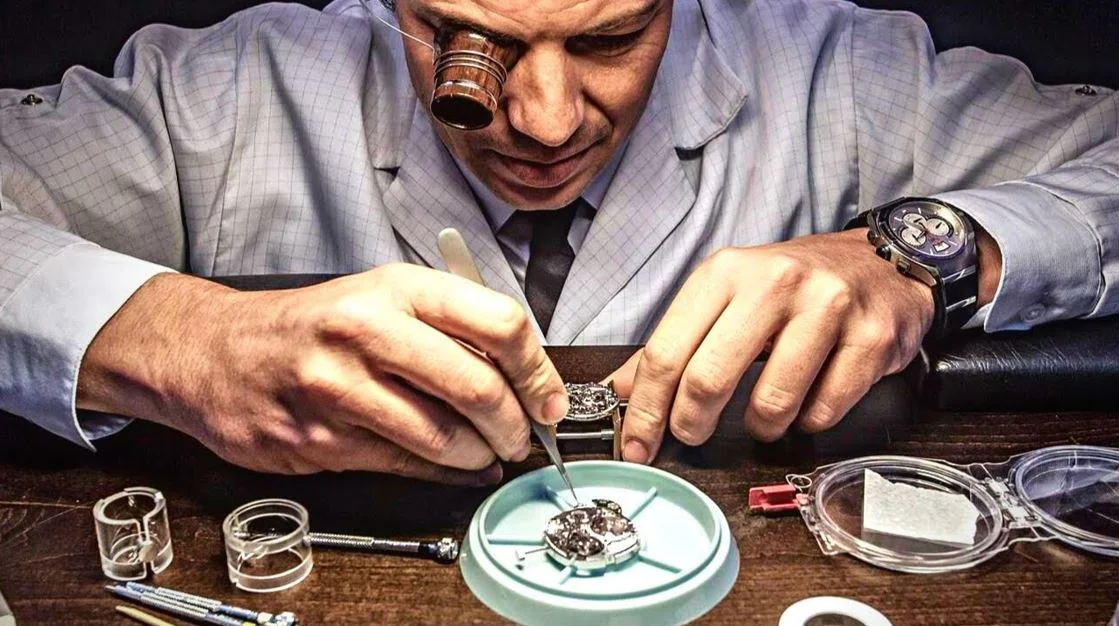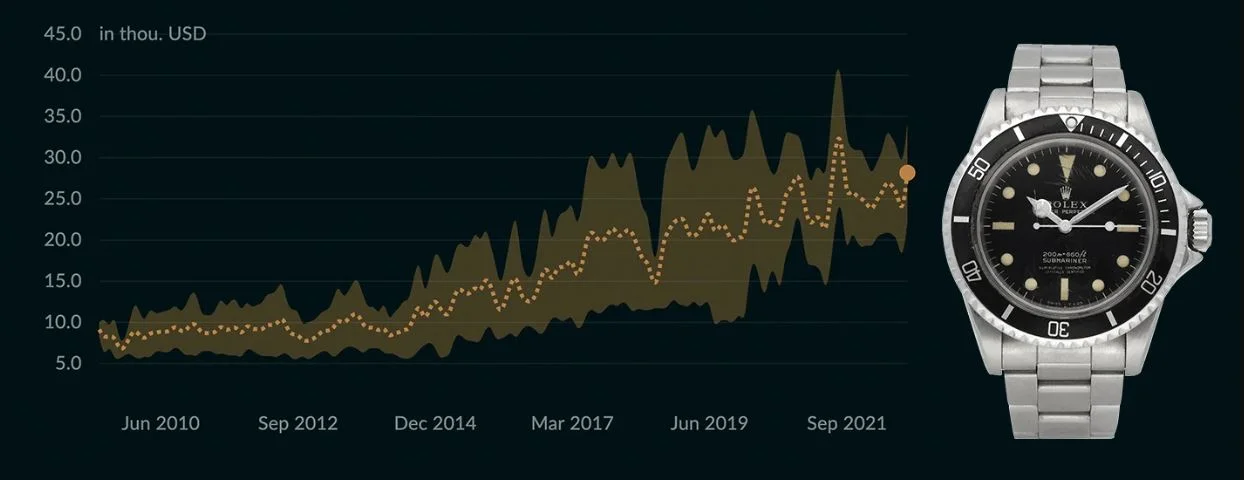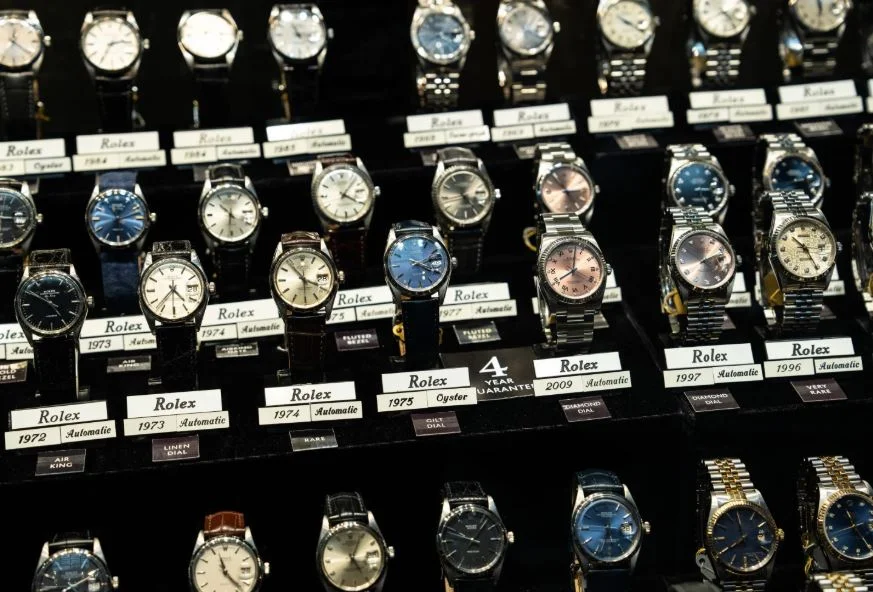Article
Why Are Rolex Watches So Expensive? The Secrets Behind the Price
Rolex—a name that instantly conjures images of luxury, status, and a jaw-dropping price tag. But what justifies the cost? Why does a Rolex often cost thousands (or even tens of thousands) more than other watches? Whether you’re a watch lover, a curious shopper, or someone who’s ever admired a Rolex, this article breaks down why it comes with such a huge price tag. From the materials to the craftsmanship to the brand’s iconic reputation, here’s why Rolex stands in a league of its own—and why that comes at a cost.
Premium Materials: Quality You Can Feel
Rolex doesn’t mess around when it comes to materials. Every component is chosen for durability, beauty, and performance. While most luxury watch brands use 316L stainless steel, Rolex goes a step further with 904L steel, a top-tier, corrosion-resistant material also found in aerospace and medical equipment. It’s tougher, shinier, and built to withstand decades of wear. That alone sets Rolex apart, but it’s just the beginning.
Here’s what makes a Rolex so unique:
- Sapphire Crystal: The watch face is shielded by lab-grown sapphire, virtually scratchproof and crystal-clear.
- Precious Metals: Models like the Day-Date or Yacht-Master feature 18k gold or platinum, sourced and refined in-house.
- Ceramic Bezels: Rolex’s proprietary Cerachrom is fade-resistant and nearly indestructible, perfect for divers or adventurers.
These materials are expensive to source and craft, but they guarantee your Rolex will look just as stunning in 20 years as it does today. That’s part of what you’re paying for.
Masterful Movements: The Heart of a Rolex
What powers a Rolex is just as impressive as what you see on the outside. Every Rolex watch features an in-house movement—meaning the brand designs and builds its own “engines” from the ground up. These aren’t mass-produced parts; they’re hand-assembled masterpieces of engineering.
Consider the Rolex Caliber 3255:
- Unmatched Accuracy: Certified by COSC (the Swiss chronometer authority), it keeps time within -2/+2 seconds per day.
- Innovative Tech: The blue Parachrom hairspring resists magnetic fields and temperature swings for reliability in any condition.
- Longevity: A 70-hour power reserve means it keeps ticking even if you leave it unworn for a couple of days.
Creating these movements takes time—months of design, assembly, and testing by skilled watchmakers. That labor-intensive process drives up the cost, but it’s why a Rolex doesn’t just tell time—it defines it.
Brand Prestige: A Century of Excellence
When you buy a Rolex, you’re not just getting a watch—you’re investing in a legacy. Since 1905, Rolex has set the standard as the ultimate symbol of precision, craftsmanship, and timeless elegance. That prestige comes from a history of innovation and iconic moments:
- 1926: The Oyster, the world’s first waterproof watch, revolutionized the industry.
- 1953: A Rolex accompanied Sir Edmund Hillary to the top of Mount Everest.
- 1960: The Deepsea Special survived a record-breaking dive to the Mariana Trench.
Add in endorsements from legends like James Bond, Paul Newman, and modern icons like Roger Federer, and Rolex becomes more than a timepiece—it’s a symbol of achievement. That brand reputation? It’s invaluable—and it’s part of what you’re paying for.
Controlled Scarcity: Less Supply, More Demand
Rolex plays the exclusivity game better than almost anyone. While exact production numbers are a closely guarded secret, experts estimate they produce under a million watches annually. For a brand with worldwide demand, that’s intentionally limited. The result? Waiting lists for models like the Submariner, GMT-Master, or Daytona can stretch months or years.
This scarcity:
- Fuels Desire: Everyone wants what’s hard to get.
- Protects Value: Limited supply keeps prices high, both at retail and in the resale market.
Rolex isn’t just about making watches—it’s about creating a sense of luxury and exclusivity.
Investment Potential: A Watch That Pays Off
Unlike most luxury items that lose value, a Rolex can actually increase in worth. Iconic models like the Daytona “Paul Newman” or steel Submariners have sold for millions at auction, showing their lasting value. Why?
- Timeless Design: Rolex styles age gracefully, staying relevant decade after decade.
- Built to Last: Their durability means they’re still functional years later.
- Collector Appeal: Rarity and history make certain models highly sought-after.
When you buy a Rolex, you’re not just spending money—you’re potentially investing in a future asset. That added value justifies a higher upfront cost.
So, Is a Rolex Worth the Price?
At the end of the day, a Rolex’s expense comes down to a combination of factors:
- Exceptional Materials: Built with the best for lasting quality.
- Precision Craftsmanship: Movements that rival the finest engineering.
- Unrivaled Reputation: A brand synonymous with success.
- Strategic Scarcity: Limited availability that keeps demand sky-high.
- Resale Value: A purchase that might pay dividends.
For some, that’s worth every penny. But if the price feels out of reach, alternatives like Rolex Super Clone offer a way to enjoy the same style and craftsmanship at a fraction of the cost—starting as low as $349. At Super Clone Rolex, we craft replicas with premium materials and meticulous attention to detail, delivering the Rolex experience without the Rolex price tag.
Ready for Luxury on Your Terms?
Dreaming of a Rolex but not the five-figure cost? Explore our super clone collection at Super Clone Rolex. With prices starting at $349, a 30-day money-back guarantee, and pre-shipment quality checks, you can wear luxury with confidence. Shop now and find your perfect timepiece today!

